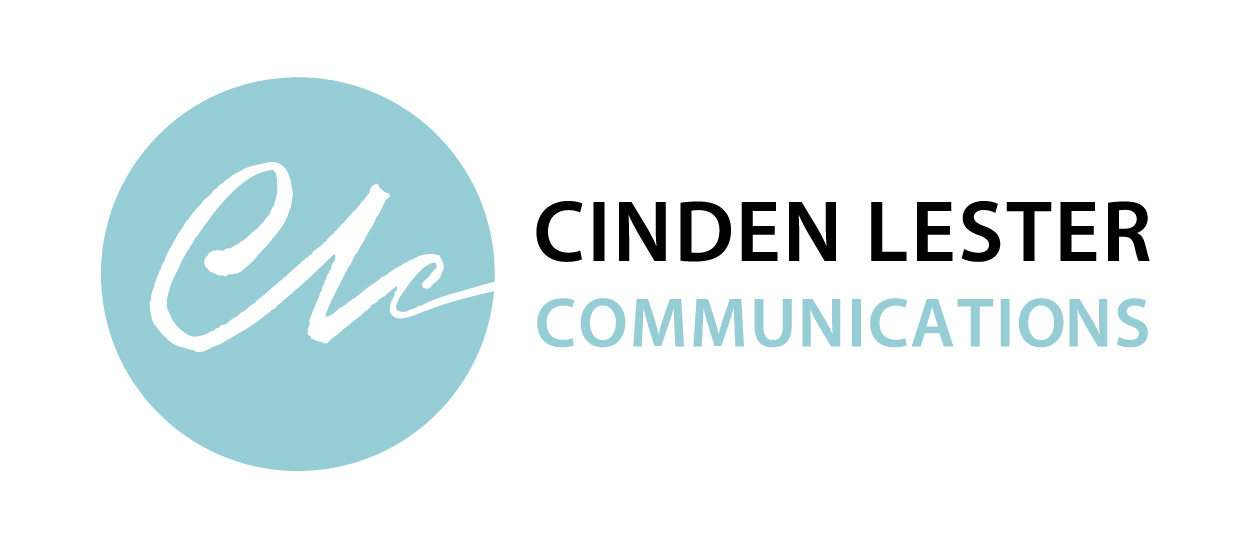 One of the best things about consulting is that you’re working with clients who have sought out your services and advice. They want you involved and they recognise the value you can add.
One of the best things about consulting is that you’re working with clients who have sought out your services and advice. They want you involved and they recognise the value you can add.
But sometimes, if you’re working as an in-house communications professional, this can feel like an uphill battle.
Strategic, consistent and professional communication is essential for any organisation to:
- articulate and achieve organisational goals
- engage stakeholders and develop relationships of trust
- build and maintain professional reputation.
Convincing client areas of this can be a challenge at times though.
Some quotable quotes I’ve come across over the years include:
You can make it look pretty, but don’t change the words.
But why do you need to know if I’m speaking with a journalist?
Why can’t you just publish that on the website now, like it is?
Our information is very technical and complex, we don’t want it dumbed down.
It’s someone else’s responsibility to work out how my projects fit into the bigger picture, not mine.
If any of these sound familiar, it’s time to stop being an afterthought and prove the value of strategic communications.
Here are some suggestions to help you do that.
1. Remember, it’s not about you
As communication professionals, we often need to remind clients that effective communication is all about their audience/stakeholders and what’s in it for them.
Apply the same rule when explaining strategic communications advice and services. Don’t make it about you—instead, remember it’s all about the audience (in this case, the client) and what’s in it for them (benefits might include help to achieve their objectives, more engaged stakeholders, more informed decisions, cost and time savings, improved organisation profile).
2. Get a seat at the table
Even if it’s just as an observer, lobby for a seat at regular senior management meetings.
This means you hear the strategic agenda, priorities and issues directly (not filtered, second or third-hand). Then you can overlay communications expertise to build a comprehensive running picture of your organisation’s communications issues and opportunities. You’re also in a stronger position to drive effective internal communications, which is equally important for effective external communications.
3. Make the most of that helicopter view
Communications teams are usually plugged in to many different business areas, giving them a unique bird’s eye view across the organisation as a whole. Make the most of that. Use your knowledge and contacts across the organisation to add value, reduce duplication, connect the dots, and contribute to your organisation’s overall goals.
4. Focus on outcomes
Speaking of goals, all work in an organisation should be contributing to a common vision and high level objectives. Often this is expressed in the corporate plan or strategic plan. Keep this front-of-mind when explaining how professional communications—internal and external—can help your clients more effectively do their bit towards achieving your organisation’s objectives.
5. Enlist advocates
The more senior, the better. When you finish a job that’s gone well, ask for feedback you can use when explaining or promoting your services to other clients.
‘Information is giving out; communication is getting through.’
Sydney J Harris
| Cinden Lester has more than 25 years’ experience as a professional writer, editor and communications specialist. She worked as a broadcast journalist, in private sector marketing and public relations, and in government communications before establishing her own Canberra-based communications consultancy in 2000.
Contact Cinden if you’d like help with your communications. |
